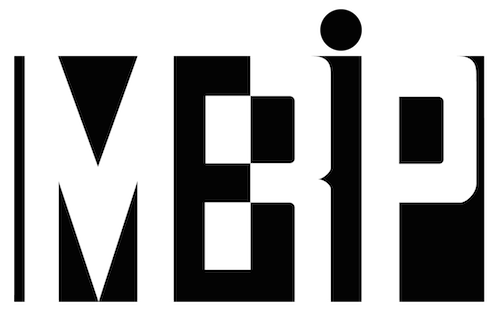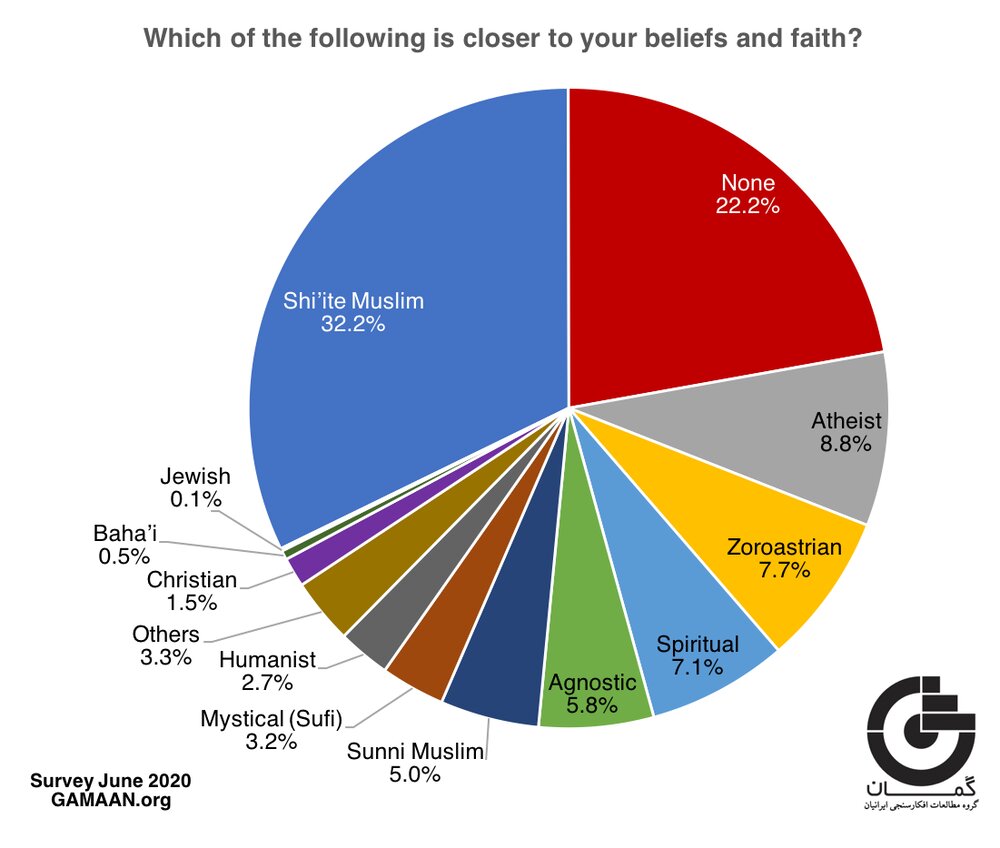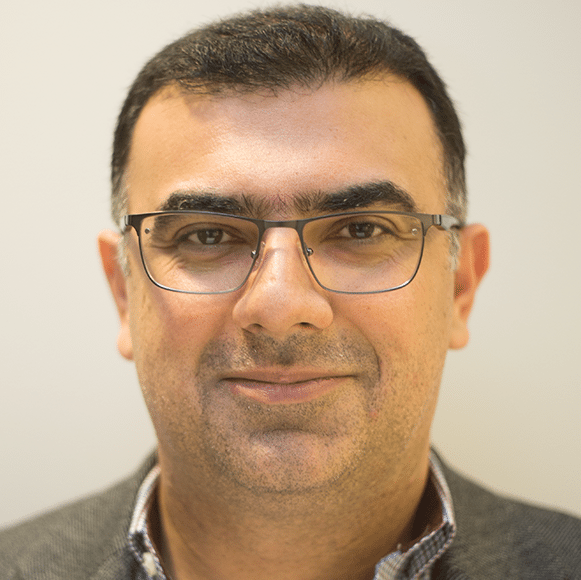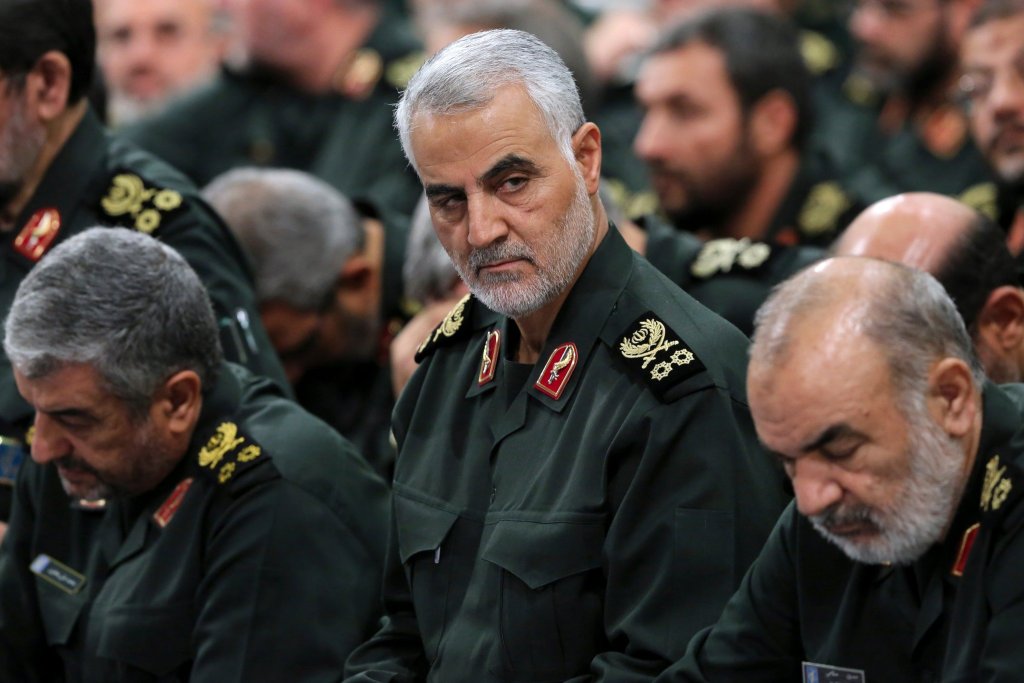Nazanin Shahrokni 07.7.2020
On April 6, 2020, a letter arrived in the mailbox of the International Sociological Association, where I serve as a member of the executive committee. Signed by Hossein Serajzadeh, president of the Iranian Sociological Association, the letter calls attention to the combined impact of US-imposed economic sanctions and the COVID-19 pandemic on the profession of Iranian sociology. The situation is dire, wrote Serajzadeh, as he invited international colleagues to stand in solidarity with their Iranian counterparts against the sanctions.
Iran publicly confirmed its first coronavirus disease case on February 19, 2020. As of July 6, there have been 11,731 deaths and 243,051 cases reported. The government’s spasmodic response and overall mismanagement of the crisis throw into sharp relief the pressure on the country’s social and economic infrastructures. US sanctions, renewed after President Donald Trump effectively walked away from the Iran nuclear deal, or JCPOA, are exacerbating the situation.
Unlike the many articles that document the pernicious effects of sanctions on Iran’s economy and social fabric in general, Serajzadeh’s letter does something different. It turns attention to the reach of the sanctions in unlikely, often overlooked places, such as in the work of Iran’s embattled scholarly communities that are already politically and economically circumscribed. Some of the constraints on the Iranian sociological field are also encountered in other societies of the region and beyond. The fact that this is not a purely Iranian problem invites needed comparative reflections. There are, however, particular constellations of social actors, institutional dynamics and external pressures that affect the development of Iran’s sociological field.
The public sphere in Iran, including the realm of sociological research and study, is shrinking as a result of both domestic political restrictions and international adversity in the form of sanctions. These pressures are weakening the sociological imagination of the public as well as closing horizons by limiting Iranian sociologists’ access to international spaces and isolating them from the rest of the sociological community. As a result, sociologists’ ability to contribute to critical dialogue has been eroded and the capabilities of the very groups that are supposed to check the excesses of government and advocate for more socially just policies have been undermined.
The Birth of an Association
From the beginning of the 1979 revolution and the subsequent establishment of the Islamic Republic of Iran, sociologists have fought for the preservation of their discipline as the Islamization drive brought it almost to the verge of extinction. It took sociologists several years to put their discipline back into the academic curriculum. In 1989, with the ascendance of a developmentalist agenda under the presidency of Akbar Hashemi-Rafsanjani (1989–1997), sociology was presented as a problem-solving instrument that could facilitate the attainment of development goals. During this period a group of 17 sociologists, spearheaded by Gholam-Abbas Tavassoli—the doyen of Iranian sociology—mobilized and successfully campaigned for the establishment of a professional association. After securing the discipline’s survival, it was time to pursue its institutionalization and advancement. In 1991, two years into Rafsanjani’s administration, the Iranian Sociological Association was born. It eventually found a permanent home at the faculty of social sciences at Tehran University.
The Association now has more than 500 members, while its Telegram channel, an online messaging community, keeps its more than 5,200 followers abreast of developments and activities. It hosts two major peer-reviewed journals and has developed into an enormous organization, with 52 scientific working groups and 40 provincial offices. The provincial offices are central to the association’s effort to maintain its national relevance and to better integrate sociologists from the country’s periphery in its work. Provincial offices are established when at least five local sociologists come together with a proposal to establish a provincial structure. The Iranian Sociological Association supports and supervises local branch elections and allocates to them a modest percentage of membership fees. Provincial offices usually reach out to local universities for working space, which deepens the links of the Association with peripheral higher education institutions. They also seek to establish relationships with local authorities and communities. From its humble beginnings, the Association managed to boost scholarly morale, provide a home for the country’s sociologists in line with the aspiration of its original founders, establish roots in local and national social contexts and also play an important role in strengthening social science research infrastructure.
Strengthening Sociology’s Domestic Role and International Ties
Over the past 20 years, the Iranian Sociological Association has worked to build upon its earlier breakthrough, both at the domestic and international level. Inside Iran, sociologists worked relentlessly to explore and determine the contours of what could be called Iranian Sociology. They also reaffirmed sociology’s relevance by engaging in and informing public debates, thus contributing to the formulation of societal problems and challenges.
To this end, the Iranian Sociological Association successfully launched a series of annual national conferences, one called “Conceptual and Theoretical Reflections on Iranian Society” and another “Social Pathologies of Iranian Society.” These conferences brought together sociologists, journalists and policymakers and generated discussions that spilled over to the outside world, to newspaper headlines and into social media. In addition to its regular events, the Iranian Sociological Association and its members are engaging in public debates by giving interviews and writing op-eds on socially significant and often controversial issues, such as child marriage, increasing class inequalities, the feminization of poverty, domestic violence, students’ right to protest and adolescent health and development, to name but a few.
A further step in the development of the Iranian Sociological Association’s role is its attempt to establish sociology as a problem-solving, issue-oriented and empirically based science. An important aspect of this effort centered on turning the Association into a research hub undertaking projects with state authorities and agencies. This development allowed it to tap into state funds, a vital source of income that provided ten to 20 percent of overhead costs to the Association. Becoming a hub also enabled it to involve regional offices in research with national or regional policy impacts.
More than 70 percent of the total state research budget is typically allocated to various cabinet ministries and state-run organizations to spend on their research needs. As a result, the Iranian Sociological Association has developed a varied portfolio of research actions for public sector agencies, including the “Social Study of the Asaluyeh Petrochemical District Development Projects” funded by the Ministry of Petroleum, the “National Project of Family Dialogue” funded by the Presidential Office for Women and Family Affairs, the “Social Studies of Water” funded by the Ministry of Energy and the “Women and Urban Life project” in collaboration with Tehran Municipality and Tehran Research and Planning Center.
As the Association grew roots inside Iran, it sought to establish durable links with international scholarly communities after years of isolation. This effort came to fruition when it joined the International Sociological Association and the Association of Asian Social Science Research Councils (AASSREC) in 2005. Three years later, a visit by then-president of the International Sociological Association, Michael Burawoy, who was on a mission to promote regional dialogues among national groupings, marked a new beginning. An important outcome of Burawoy’s visit was the regional conference “Social Thought and Sociology in the Contemporary Middle East,” held in Tehran in May 2011 and co-organized by the Iranian Sociological Association and the International Sociological Association. In 2013, Susan Bastani, a professor of sociology at Al-Zahra University and a board member of the Iranian Sociological Association, was elected to the executive council of the AASSREC. Iranian sociology had emerged from its quarantine: Burawoy’s visit was followed by further visits from international sociologists, including Immanuel Wallerstein in 2014, who was greeted as a celebrity.
Once the Association was no longer fighting for its survival, but was instead standing on relatively solid ground, conditions emerged for critical reflections on sociology’s role in Iranian society. Some members believe that sustaining and expanding the Association necessitates developing closer ties with state agencies. Others contend that the organization must keep a critical distance from the state. Their concern is that by striving to remain relevant as a problem-solving machine, the Association allows the state to set the agenda and delimit the problems to be solved. The tension between working with the state and maintaining a critical distance from it emanates from the complex constellation of actors and institutions in Iran’s politics. The Association’s relationship with different presidential administrations has ebbed and flowed over time, with some welcoming research input and others fostering a more securitized research environment. In response to criticisms that the Association has become a handmaiden of the state, some members highlight occasions where they have pushed back against instrumentalization by political factions. For example, the Association declined an invitation to conduct research solicited by Mahmoud Ahmadinejad’s administration on cash transfers and increasing prices on subsidized goods out of the fear that it would only “rubberstamp predetermined policy decisions.”[1]
Aside from the debates regarding the Association’s relation with the state, other conversations have also been taking place among sociologists, with reference to the role, responsibility and commitment of the Association to its members and society at large. For example, Serajzadeh believes it should mediate between community-based organizations and the state and produce knowledge to inform the actions of both. Others would like to see the Association as a public space where they can freely and critically discuss issues pertaining to democratic governance, religious rule, human rights and regional and international challenges. Cynical about the Association, Taghi Azadarmaki, a professor of sociology at Tehran University, contends that it has turned into a big bureaucracy tied down by its everyday operations, with a marginal role in society.
The Association’s goals in engaging with societal and state actors has made balancing the three key elements of its work—determining the contours of Iranian sociology, informing public debates and developing research ties with state agencies—a sensitive and precarious exercise. Some have been quick to suggest that these discussions signal an identity crisis. They might, however, just as well be central to forging an identity for the Association and the Iranian sociological community at large.
Balancing on Tightropes
To be sure, doing sociological research in Iran sometimes feels like walking a tightrope with the constant need to gauge formal restrictions, informal limitations and the potential political repercussions of seemingly insignificant matters. The Iranian political system is characterized by a complex and internally diverse state, marred by conflict between its different segments, but also polarized between conservative and anti-state radical forces. Due to this complexity, the boundary between what is permissible and what is not is unpredictable and uncertain. A telling example is the process of writing the Iranian Sociological Association letter mentioned at the outset of this piece. The text, as colleagues have pointed out, had to be thoroughly scrutinized and went through several rounds of revisions, with some members concerned about its wording, tone or political implications. Writing even such a simple letter requires anticipating and mitigating against potential intra-state conflicts, carefully articulating points and even conducting self-censorship.
Not surprisingly, the situation becomes considerably more complicated when the task at hand is more significant. The story of the 2011 national conference called “Social Pathologies of Iranian Society” provides a telling example. All the careful planning, time, energy and financial investment put into organizing it were effaced almost in an instant. Security forces called the event off as it was about to begin, even though the sponsors of the event included representatives from several ministries and the judiciary. Such occurrences are indicative of how rifts within the state create uncertainty and obstruct the functioning of the Association.
Occasionally, despite the precautions, a tightrope walker falls. Sociologists have often found themselves framed as so-called threats to national security, interrogated, prosecuted and incarcerated. Prominent examples from just the past 20 years include Abbas Abdi and Hossein Ghazian, pollsters and key reformist figures, who were arrested and later prosecuted based on a 400-page indictment alleging that they “engaged in western-sponsored psychological war operations” (referring to a contract with Gallup). The list of sociologists that have been arrested is long: Hamidreza Jalaeipour (arrested in 1999), Mohammadreza Jalaeipour (2009), Saeed Madani (2012) and Kameel Ahmadi (2019), to name but a few. Dual national social scientists conducting research in Iran have also been arrested, such as Fariba Adelkhah who is currently imprisoned and Homa Hoodfar, who was interrogated for 112 days. Reflecting on her ordeal, Hoodfar said that, “being treated like an enemy hurt more than being in jail.” These arrests have heightened the atmosphere of fear surrounding engagement in social research. Less dramatic stories of discrimination on political grounds never make it into the media and remain invisible. Colleagues attest that writing on a blog, attending a specific international workshop or raising a contentious topic in their classes has resulted in the denial of tenure, suspension of promotions and being shuffled from one department to another, with negative effects for career development and income. Sociological research in Iran is conducted against the backdrop of a volatile domestic political scene, riddled with unpredictability and uncertainty, and highly sensitive to an increasingly hostile and equally tense international environment.
Due to decades of sanctions and misplaced spending priorities, research has been chronically undervalued and placed very low in the government’s budget, with the national research allocation falling from 0.5 percent of GDP in 2019/2020 to 0.3 percent in 2020/2021, one of the lowest ratios in the region. Less than 30 percent of this tiny fraction is allocated to universities and scientific organizations like the Iranian Sociological Association, while the rest of the funds are absorbed by state ministries and agencies. Nonetheless, even this nominal 30 percent does not reach its intended recipients, who receive barely enough to cover staff salaries and finance day-to-day operations. For instance, the Iranian Sociological Association receives an annual state grant of just under 10 percent of the expenditure of its day-to-day activities. Combined with its income from membership fees, the total falls significantly short of basic operating costs. In the absence of alternative sources of funding, the organization is forced to depend on contracts with various state agencies. Year after year, incoming funds have been shrinking against rapidly rising operating expenses, which have entailed a five fold increase in publication costs for the Association’s journals over the past decade due to rampant inflation. As a result, the Association’s publishing activities have shifted to online platforms while it reduced print runs to a maximum of 20–30 copies. Dwindling budgets and spiraling costs have affected Association members who have found themselves cash strapped, unable to sustain—let alone expand—their research activities. The financial constraints are also affecting the future of sociology in Iran as researchers report that they can no longer recruit enthusiastic young students as research assistants—an established practice at the center of mentoring the next generation of the country’s research innovators.
The financial impact of the sanctions has translated into a dramatic reduction of funds allocated to development budgets which, in turn, have adversely affected the state of social research infrastructure and the university sector. Budget cuts have led to broad changes similar to those in higher education institutions elsewhere. In an effort to balance their constricted budgets, Iran’s universities have resorted to employing contingent faculty labor to reduce the costs of paying benefits and higher salaries. Part-time and adjunct faculty have reportedly reached more than 60 percent overall, and around 40 percent in public universities (the more prestigious arm of the academic system). The repercussions are considerable: Staff on low salaries often seek a second job, affecting the quality of both their work and life. The crisis that North American and European universities are currently experiencing as a result of the pandemic has been a chronic condition in Iran.
While Iran’s integration into the international sociological community represented a sea change after years of isolation, the sanctions are rolling back this progress by endangering the access of Iranian sociologists to international professional spaces. For example, although Iranian participants in International Sociological Association meetings and forums have benefited from established tier payment systems designed to mitigate economic disparities, currency devaluations have diminished the effect of this system. Iran’s currency has regularly declined in value since 1979, depreciating rapidly particularly since 2012. “We cannot afford to pay our membership dues anymore,” said a colleague at the Institute for Social and Cultural Studies in Tehran, additionally pointing out that, “on top of that, ticket and accommodation costs make participating in international conferences impossible for most.”[2]
Furthermore, at the core of the harmful effects of US sanctions on Iran is their capacity to deter international banks from participating in financial transactions with Iran. For Iranian sociologists this means that even if they could afford the fees, they would not be able to rely on the domestic banking system to pay them. They would need to have a foreign credit card or reach out to someone who does. The financial costs, coupled with obstacles to obtaining visas have made participation in international conferences, or pursuing international collaborations extremely difficult.
Sanctions also make scientific collaboration with universities and research institutions, especially in North America, almost impossible. Financial barriers in place make it difficult for Iranian sociologists to participate in international projects as co-investigators or research assistants since funds cannot be transferred to them easily. US-based colleagues working on Iran have, time and again, recounted instances where the use of their university research funds has been curtailed by the requirement that research assistants be paid directly by the university via wire transfer or check, which is not possible when the research assistant is in Iran. Many scholars have had to use their personal funds and rely on complex informal arrangements with friends and relatives inside Iran to pay the research assistant costs.
The constraints on the maintenance of Iranian sociology’s outward profile do not constitute a problem for Iran’s sociologists alone, but create challenges for the internationalization of social sciences in general, which is a central element in the agenda of most international and regional scholarly organizations. A strong international sociology should be founded on strong local sociological perspectives that are interconnected and mutually enriching—the national in international must be taken seriously. But world congresses and global forums, with sometimes up to 6,000 sociologists in attendance, are often marked by an absence of international voices. The distribution of members and conference participants in the International Sociological Association is skewed in favor of Europe, the United States and Canada, which raises serious concerns about the representativeness of such international forums. In 2018, out of the 6,360 members of the International Sociological Association only 178 (3 percent) were from the Middle East and North Africa, making it the most underrepresented region. Given its commitment and aspiration to “represent sociologists everywhere,” the underrepresentation of sociologists from the Middle East and North Africa is a problem that the International Sociological Association is already grappling with.
Intensifying the problems faced by Iran’s sociologists, the COVID-19 pandemic has dealt them yet another blow. Iranian schools and universities closed on March 10. Although universities moved to online platforms, there are difficulties due to a lack of proper infrastructure. The high price of equipment such as laptops and desktops and limited and unreliable internet access—particularly in provincial towns—will leave many students outside the virtual classroom doors. The closures will result in an impoverished educational experience and, ultimately, a shrinking of the public sphere that the Association has fought very hard to sustain.
While looking back on the achievements of Iranian sociology over the past decades, Serajzadeh sounds optimistic about the resilience of the discipline and the Association. Indeed, the Iranian Sociological Association is one of the most active associations in the region: Out of the 178 International Sociological Association members from the Middle East and North Africa, 40 are from Iran. Moreover, Iranian sociologists are very active in establishing regional connections and networks, but this comes at great personal and institutional costs. For some, this optimism, however cautious, is tempered by increasing concerns that their hard work to connect with society and the country’s youth is being undone. As an Iranian sociologist told me recently—their labor can be likened to that of Sisyphus, condemned to repeatedly roll a boulder uphill only to see it repeatedly roll back down again.
[Nazanin Shahrokni is assistant professor of Gender and Globalisation at the London School of Economics and Political Science and the author of Women in Place: The Politics of Gender Segregation in Iran (Oakland: University of California Press, 2020).]
Endnotes
[1] Conversation with the author, May 2020.
[2] Conversation with the author, May 2020.
Source: Merip.ORG






